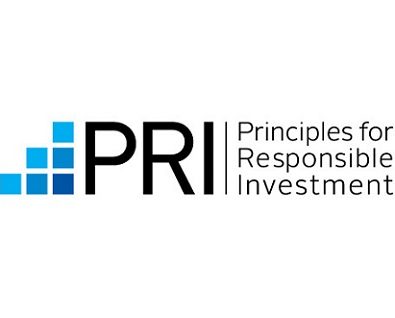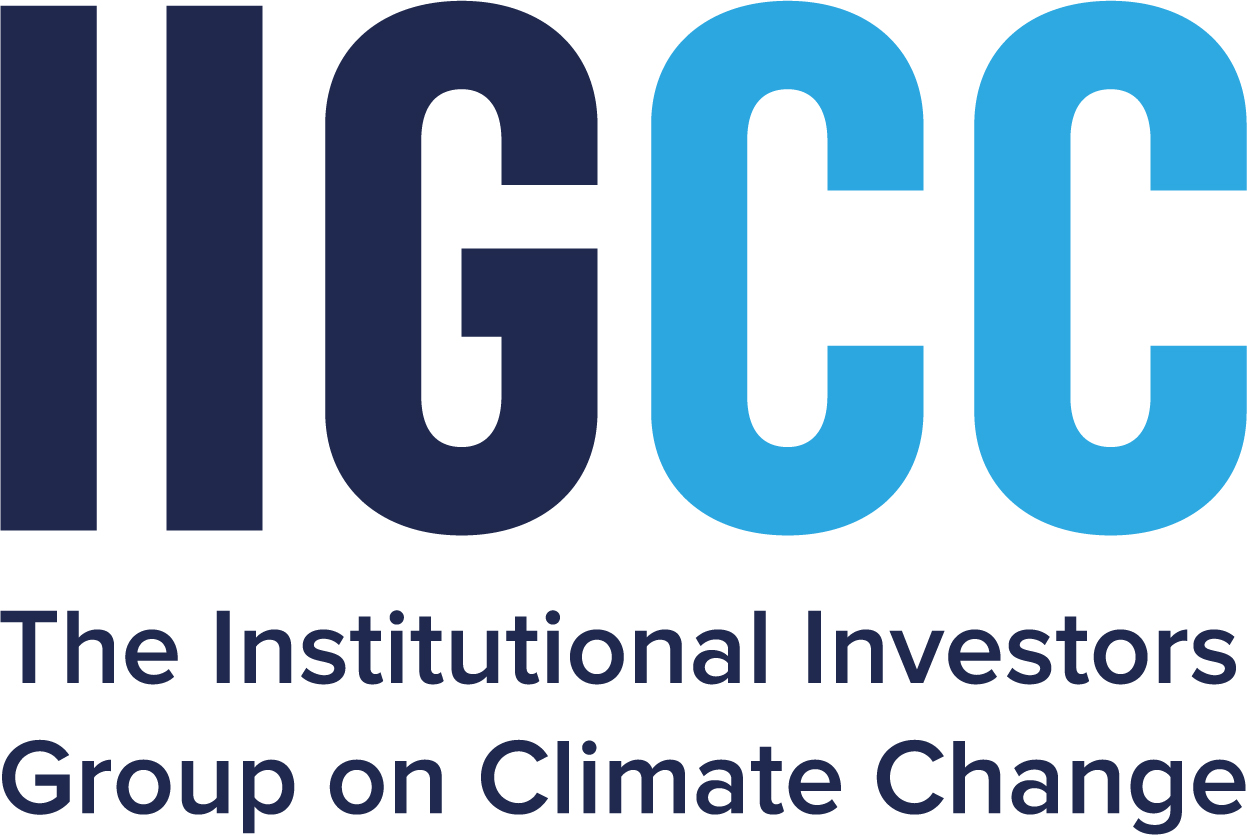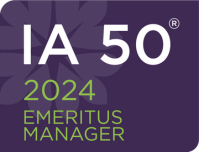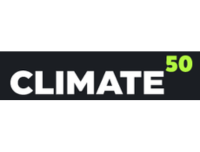In April 2021, the United States announced its plan to reduce greenhouse gas (GHG) emissions by 50–52% from 2005 levels and achieve net-zero emissions by 2050. The critical components of President Biden’s plan to implement these targets include passing the Inflation Reduction Act (IRA) and Bipartisan Infrastructure Law (BILBIL 0.0%), which are expected to unlock investments into clean energy technologies and improve U.S. economic competitiveness, innovation, and industrial productivity.
[…]
Nancy Pfund, founder and managing partner at DBL Partners, says that, to reduce the food and agriculture sector’s GHG emissions while feeding a growing population, “it will be essential that the U.S. shift to low-carbon farming practices like regenerative agriculture, which have the potential to eliminate 250 million metric tons of CO2 per year, equivalent to 5% of U.S. emissions.
To read the full article, please visit: Forbes











